Health and Wellness Focus
The Luxury Cruise Tourism Market is witnessing a burgeoning interest in health and wellness among travelers. As consumers become more health-conscious, luxury cruise lines are adapting their offerings to include wellness programs, spa treatments, and fitness activities. This trend is reflected in the increasing number of cruise itineraries that feature wellness retreats and holistic experiences. Market data suggests that wellness tourism is a rapidly growing segment, with travelers seeking rejuvenation and relaxation during their voyages. By integrating health and wellness into their offerings, the Luxury Cruise Tourism Market is likely to attract a broader audience, enhancing its appeal to those prioritizing well-being during their travels.
Rising Disposable Incomes
The Luxury Cruise Tourism Market appears to be positively influenced by the increasing disposable incomes of consumers in various regions. As individuals experience growth in their financial capabilities, they are more inclined to invest in premium travel experiences, including luxury cruises. Reports indicate that the number of high-net-worth individuals is on the rise, particularly in emerging markets. This demographic shift suggests a growing customer base for luxury cruise lines, which often offer exclusive amenities and personalized services. Consequently, the Luxury Cruise Tourism Market is likely to see a surge in demand as affluent travelers seek unique and lavish experiences on the high seas.
Technological Integration
The Luxury Cruise Tourism Market is significantly impacted by advancements in technology, which enhance the overall travel experience. Innovations such as mobile apps for onboard services, virtual reality excursions, and enhanced connectivity options are becoming standard in luxury cruise offerings. These technological integrations not only improve customer satisfaction but also streamline operations for cruise lines. Data indicates that consumers are increasingly drawn to brands that leverage technology to provide seamless experiences. As a result, the Luxury Cruise Tourism Market is likely to continue evolving, with technology playing a crucial role in shaping future offerings and customer engagement.
Experiential Travel Demand
The Luxury Cruise Tourism Market is experiencing a notable shift towards experiential travel, where consumers prioritize unique and immersive experiences over traditional sightseeing. This trend is driven by a desire for authentic cultural interactions and personalized adventures. Luxury cruise lines are responding by curating itineraries that offer exclusive excursions, culinary experiences, and onboard enrichment programs. Data indicates that travelers are increasingly willing to pay a premium for these tailored experiences, which enhances their overall satisfaction. As a result, the Luxury Cruise Tourism Market is likely to benefit from this growing demand for experiential travel, positioning itself as a leader in providing unforgettable journeys.
Sustainability and Eco-Friendly Practices
The Luxury Cruise Tourism Market is increasingly aligning itself with sustainability and eco-friendly practices, responding to the growing consumer demand for responsible travel options. Luxury cruise lines are implementing initiatives such as reducing carbon emissions, utilizing sustainable materials, and supporting local communities. Market Research Future indicates that a significant portion of travelers now considers environmental impact when choosing travel options. This shift towards sustainability not only enhances the brand image of luxury cruise lines but also attracts environmentally conscious consumers. Consequently, the Luxury Cruise Tourism Market is likely to thrive as it embraces sustainable practices, appealing to a demographic that values eco-friendly travel.



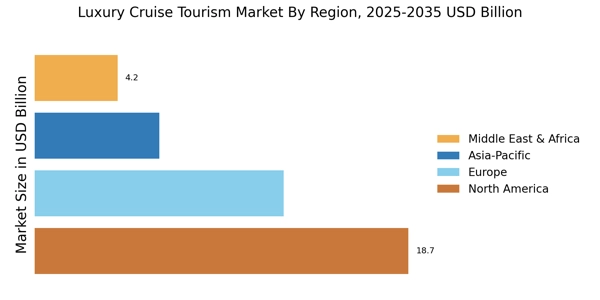
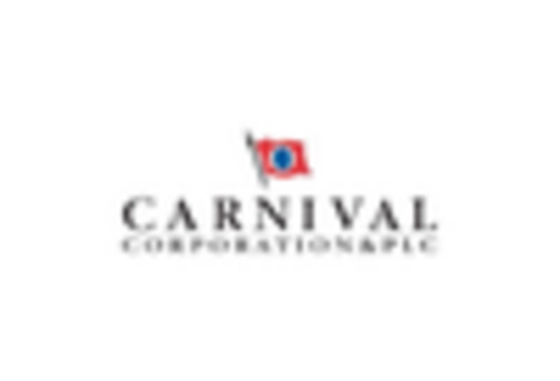

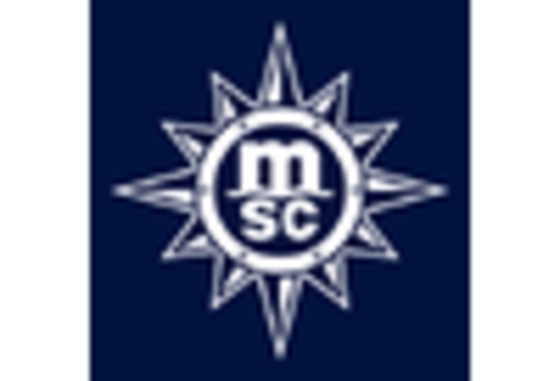
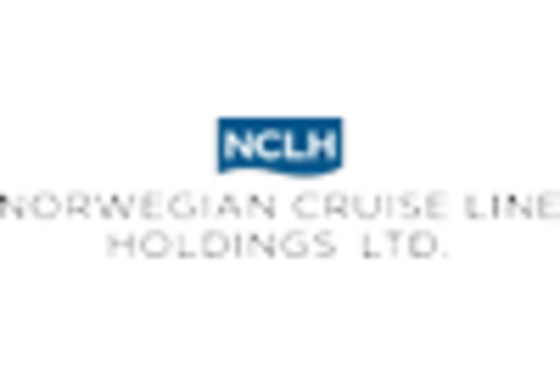
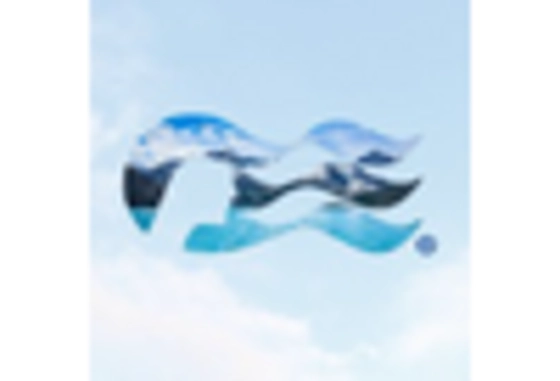
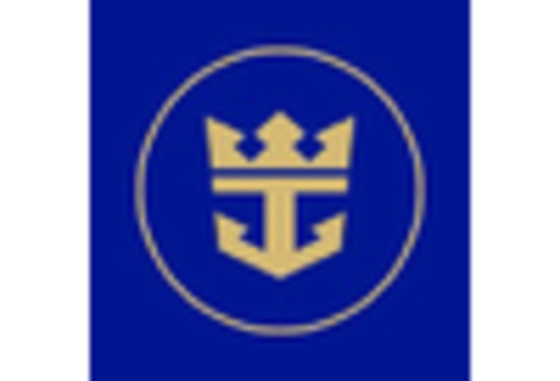








Leave a Comment